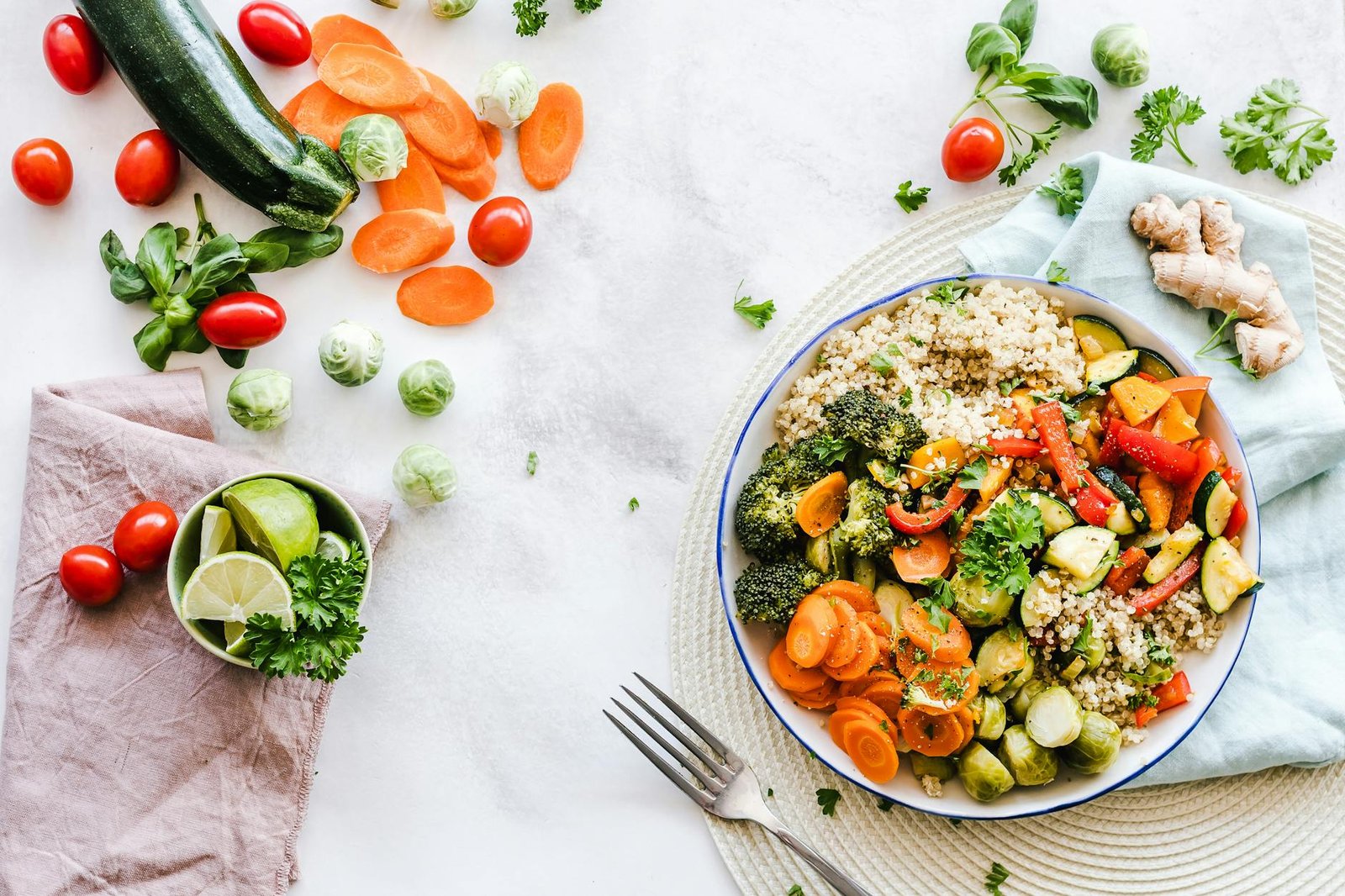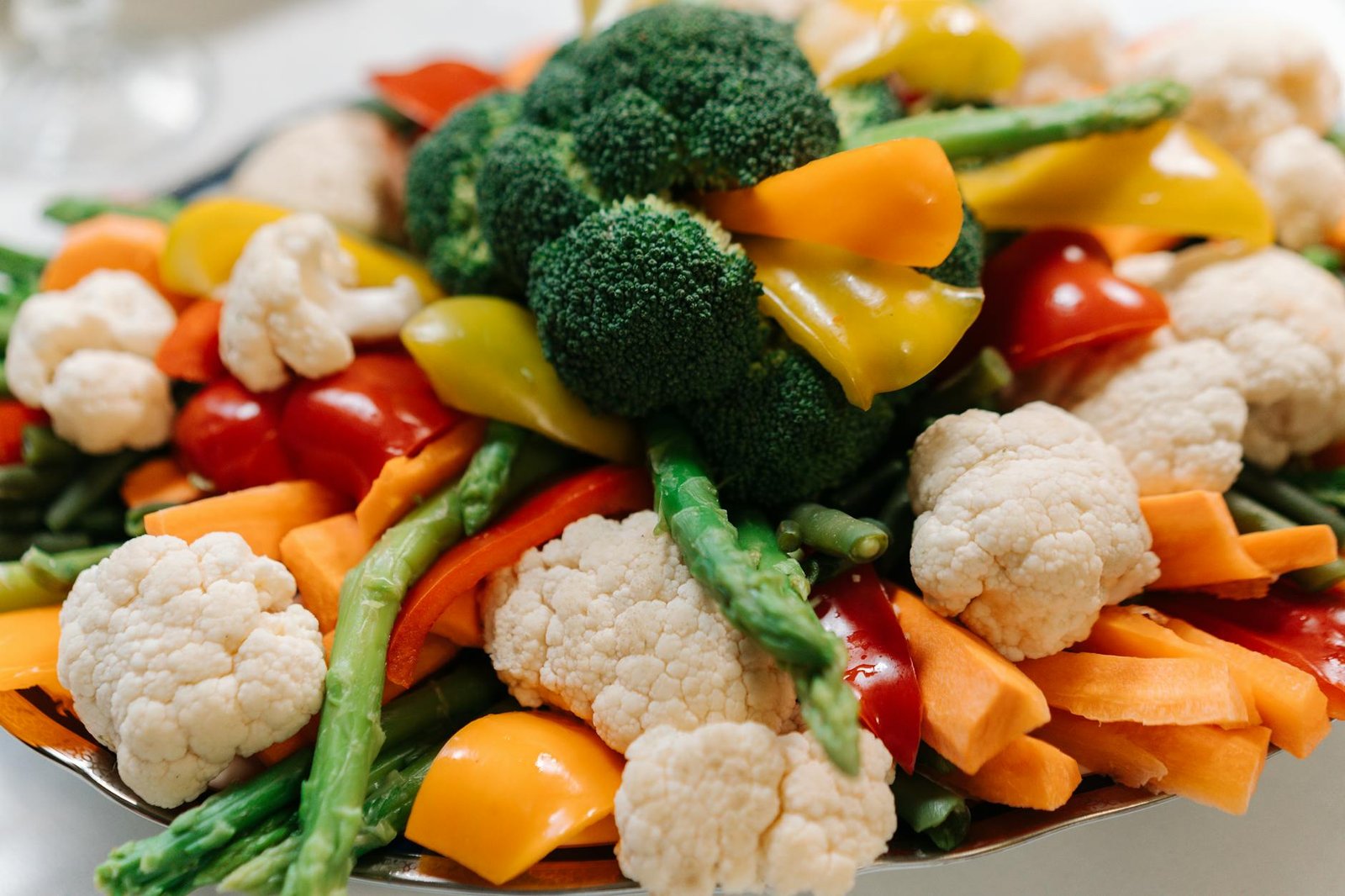
In an age of fast food and instant meals, the journey of whole foods—from seed to your plate—often goes unnoticed. But understanding this journey not only helps us make healthier choices, it also deepens our appreciation for the food that nourishes us. “Farm to Plate” is more than a trend; it’s a movement toward mindful eating, sustainability, and wellness.
What Are Whole Foods?
Whole foods are foods that are minimally processed and as close to their natural form as possible. These include fresh fruits, vegetables, whole grains, nuts, seeds, legumes, and clean meats. Unlike processed foods, whole foods retain their fiber, vitamins, and minerals—making them nutrient-dense and health-promoting.
The Journey Begins: Farming with Purpose
The first step in the healthy food process is responsible farming. Sustainable agriculture practices ensure that the soil remains rich and productive. Farmers use techniques like crop rotation, natural composting, and reduced chemical use to grow nutrient-rich produce.
🌱 Benefits at This Stage:
- More nutrients in crops due to healthy soil
- Less exposure to harmful pesticides
- Support for local ecosystems and pollinators
Harvesting and Handling: Timing is Everything
Timing the harvest correctly is crucial. Fruits and vegetables picked at the peak of ripeness have higher vitamin content and better flavor. After harvesting, handling methods like cold storage, minimal washing, and gentle transport are used to maintain freshness.
🚛 Benefits at This Stage:
- Preserved antioxidants and vitamins
- Reduced post-harvest spoilage
- Better taste and texture
Processing: The Minimal Way
Not all processing is bad. In healthy food systems, minimal processing means washing, chopping, freezing, or drying—methods that retain nutrients while improving shelf life. For example, freezing berries soon after harvest locks in nutrients, unlike processed fruit snacks that lose fiber and gain added sugar.
⚙️ Benefits at This Stage:
- Year-round availability of healthy foods
- Convenience without compromising health
- Retention of fiber, phytonutrients, and flavor
Transportation and Storage: Keeping It Fresh
To ensure whole foods stay fresh during transport, cold chains and eco-friendly packaging are used. Shorter supply chains, such as farm-to-market or local grocery deliveries, also reduce the time between harvest and consumption.
📦 Benefits at This Stage:
- Fewer preservatives needed
- Fresher food with more live enzymes
- Lower carbon footprint and more eco-conscious choices
Cooking and Preparation: A Delicate Art
How you cook your food matters. Steaming, baking, and sautéing preserve more nutrients than deep-frying or overboiling. Avoiding excessive salt, sugar, and fats during preparation helps maintain the food’s natural health benefits.
🍲 Tips for Healthy Cooking:
- Use herbs and spices instead of salt
- Add healthy fats like olive oil or ghee
- Pair with whole grains and plant proteins for balance
Eating Mindfully: The Final Step
The way we eat is as important as what we eat. Slowing down, chewing properly, and enjoying each bite allows better digestion and greater satisfaction. Eating mindfully also helps us notice how our body reacts to certain foods—empowering us to make healthier decisions.
🧘♂️ Mindful Eating Benefits:
- Improved digestion and gut health
- Reduced overeating
- Stronger connection with food and nature
Conclusion: Why “Farm to Plate” Matters
Eating whole foods that have followed a clean, minimal process from the farm to your plate gives your body the full benefit of nature’s design. It supports your health, protects the environment, and uplifts local farmers.
In a world full of shortcuts, “Farm to Plate” reminds us to slow down, appreciate the process, and honor the journey of real food.







